Felt’s AR is the brand’s aero bike and its latest version announced today sees its first significant update since 2014, when variable road/TT geometry was introduced.
As well as changes to the frame’s design, Felt has made the bike stiffer, more comfortable and made claimed improvements to its aerodynamic performance. Significantly for an aero bike, the AR has some practical touches too, and it's disc-brake only.
- The 2020 Felt AR is faster, stiffer, comfier and not horribly impractical
- Top 5 2020 road bike trends
Felt AR 2020 frame and fork
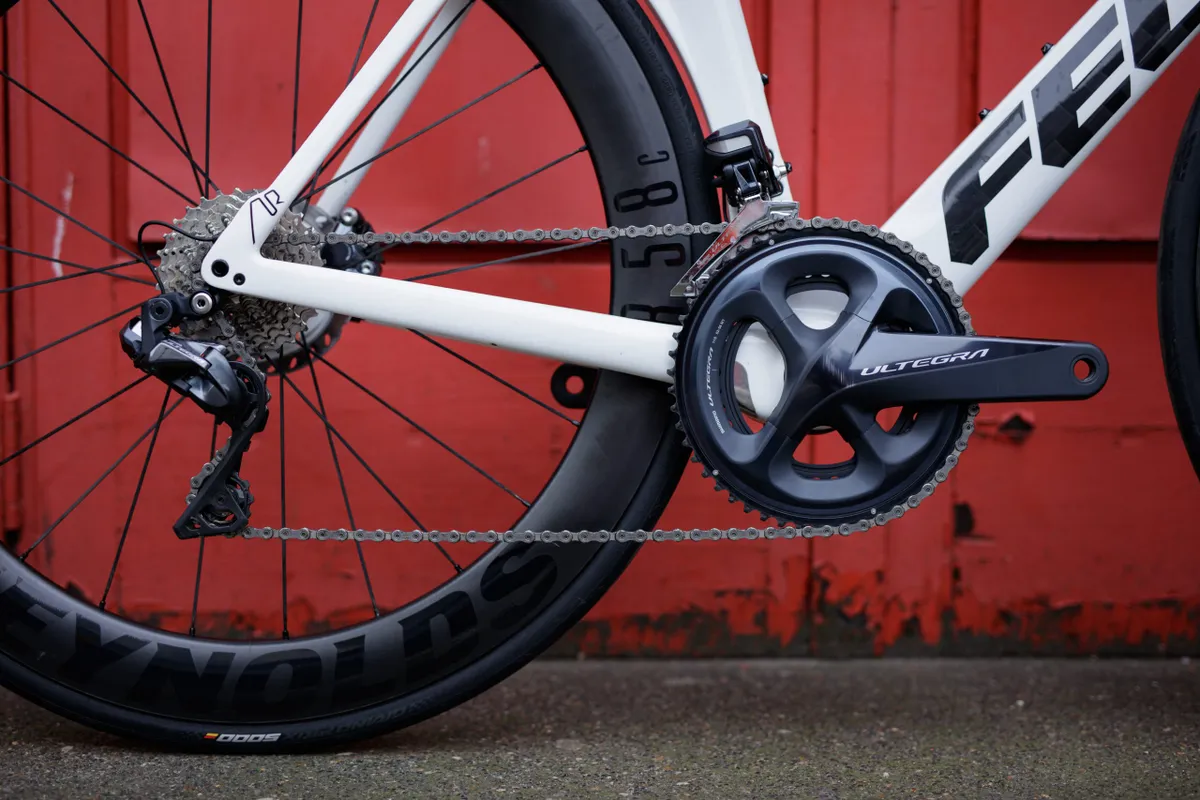
It's interesting that Felt hasn’t chosen to launch the new Felt AR with a fully loaded superbike spec (though Ultegra Di2 and Reynolds carbon wheels are not to be sniffed at).
Often, a second-tier model gets a lower grade frame (think Cannondale’s Hi-Mod and carbon versions or Giant with the Advanced and Advanced SL) but here the AR receives all of Felt's top-tier features.
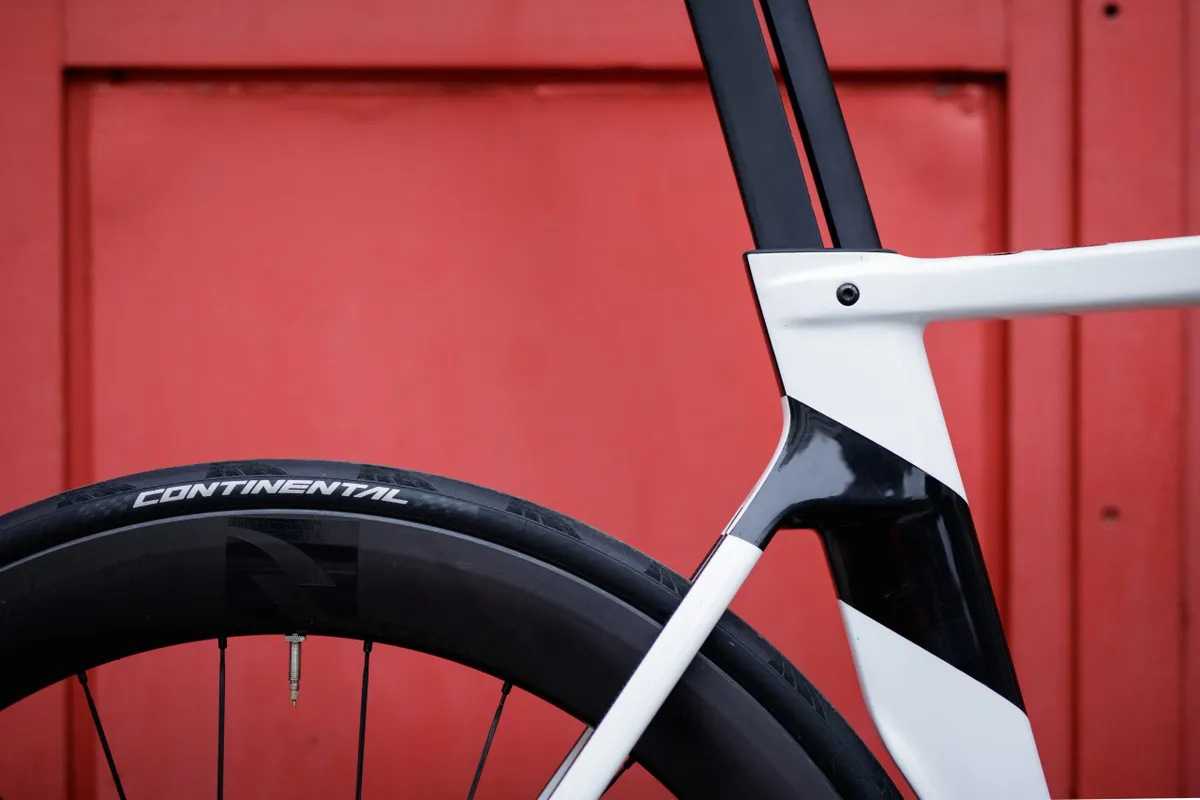
The frameset is built using Felt’s UHC (ultra hybrid carbon), which uses three distinct types of fibre. The brand claims these are all orientated to make the best use of their individual properties.
It’s all bonded together with a 'Nano-tech' resin, which has particles of carbon embedded within it. This is said to enhance strength, and is bolstered further with the use of Textreme woven carbon.
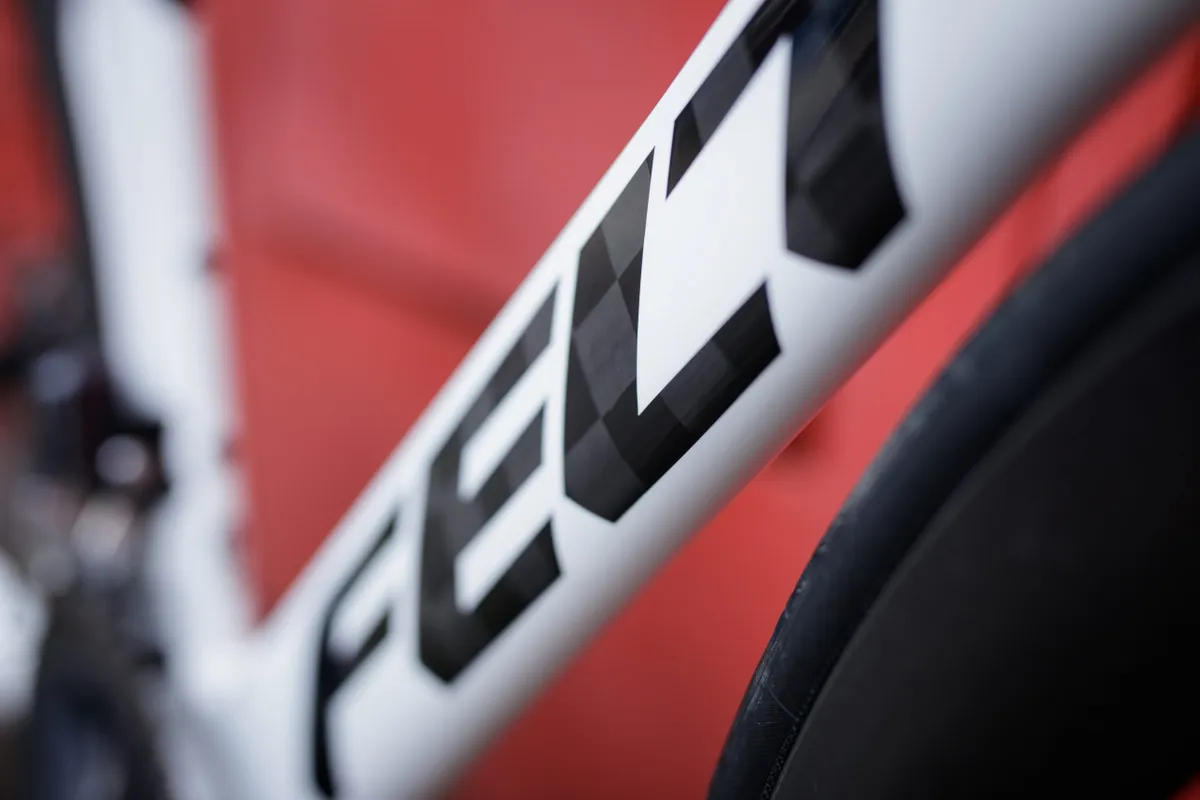
According to Felt, this woven fabric is much more uniform and compact than traditional carbon fabrics and has far superior strength-to-weight properties, and better impact resistance. Supposedly it also costs a huge amount more.
The bottom bracket shell claims to offer 14 per cent better stiffness under pedalling than the previous AR design.
A higher-level FRD model of the AR is due to launch this spring, but it’s not clear what it will offer over this version.
Felt AR 2020 performance improvements
Felt claims that all of the improvements under the skin have led to a bike that, overall, works and feels better.
If you’re concerned with numbers then the frame is claimed to be 11 per cent more laterally stiff, the fork is claimed to improve lateral stiffness by 21 per cent and torsional stiffness 15 per cent, while the bottom bracket stiffness under pedalling forces is up by a claimed 14 per cent.
Felt has also moved away from the aerofoil shapes on the last AR towards a more truncated Kammtail-like shape on the main tubes.
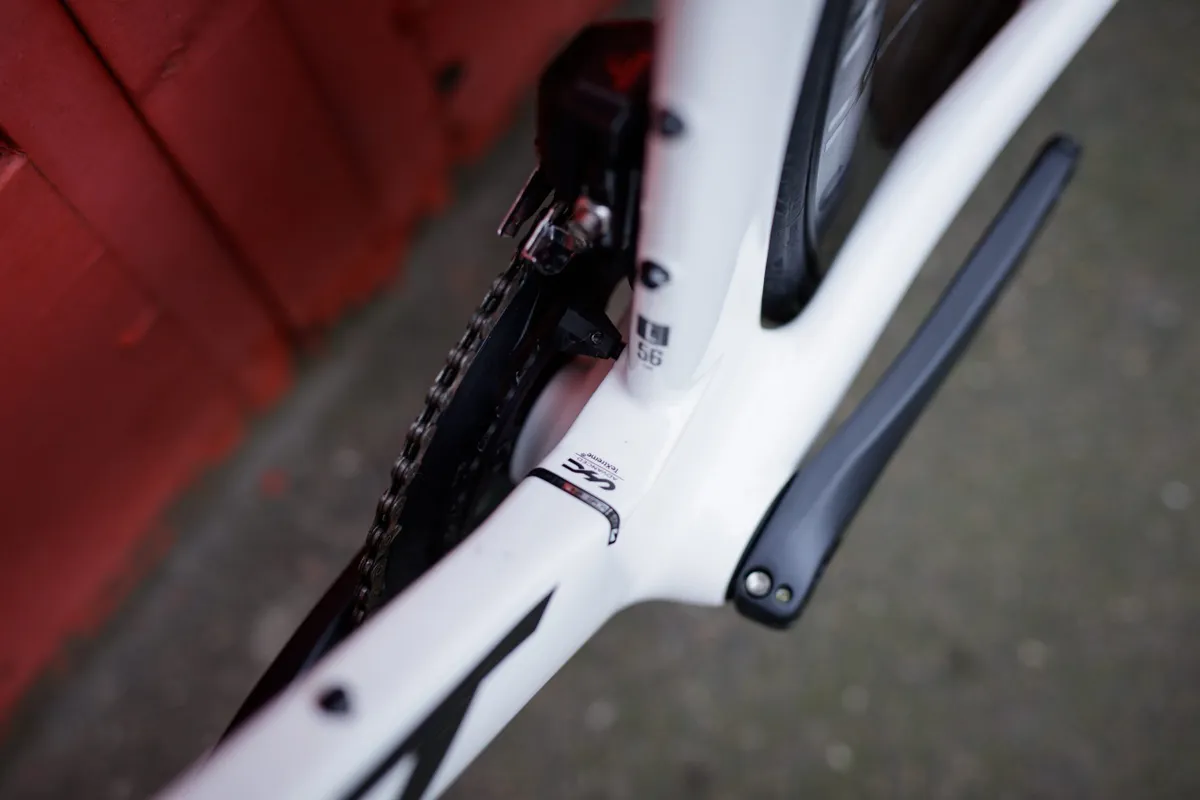
A Kammtail tube is a shape that takes an aerodynamic wing cross-section but cuts the long tail section. This shape ‘cheats’ the air into behaving like the tube is a full-length aerofoil. This means you get the less turbulent path through the air without the compromises in strength and weight associated with larger aerofoil-shaped tubes.
The Felt AR still retains the slender frontal profile of the previous generation. This can look a little odd when you mount a bottle cage on the slim down tube or seat tube because it stands quite proud of the bike’s slim profile.
Felt AR 2020 integration
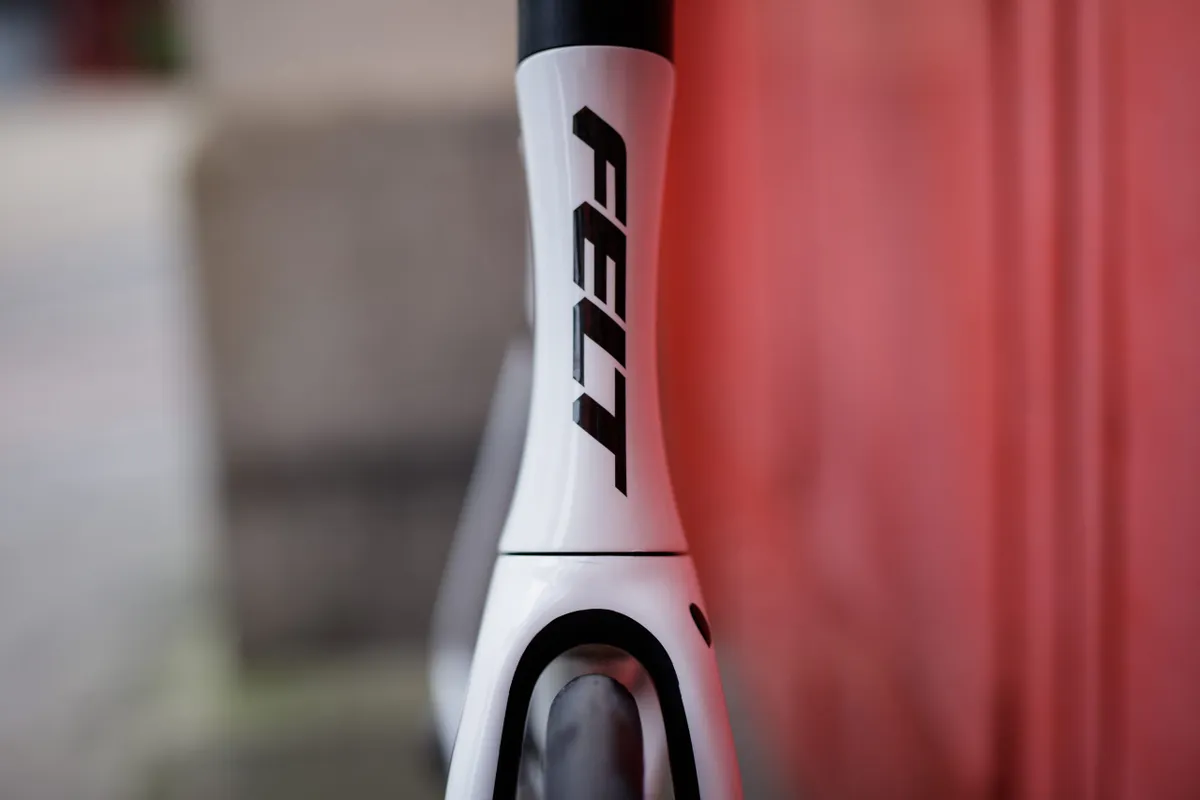
Up front, integration is the key with the fork slotted into the head tube, creating a smooth transition between frame and fork.
Like Cannondale’s SystemSix and Cube’s new Litening, the Felt’s steering has stops so that in the event of a crash the bars can’t spin all the way round, wrenching out hydraulic hoses and damaging the frame.
Above the head tube is a new dedicated AR carbon stem that flows smoothly into the head tube and custom-shaped headset spacers, which allow for height adjustment.
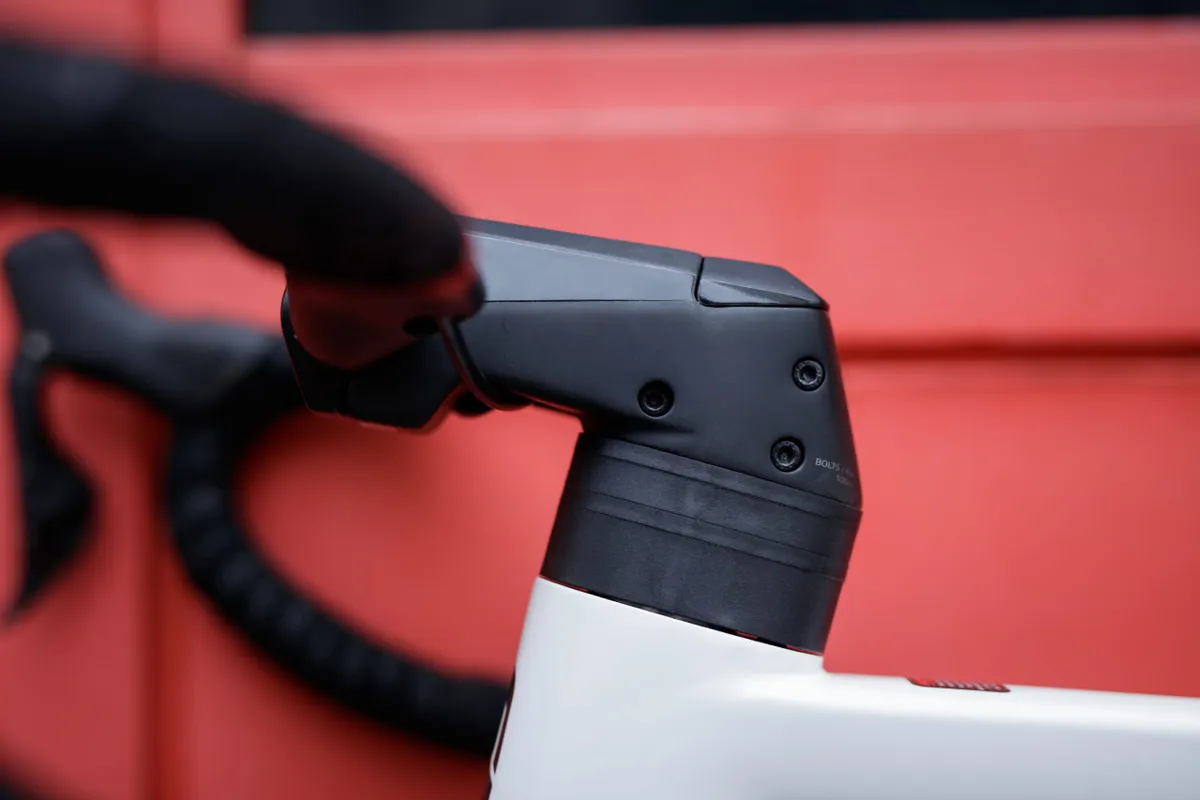
Integrated cockpits are great if everything fits the rider, but limiting if not. Felt gets around this by using a traditional round bar clamp, so if you’d prefer something other than the aero-shaped Devox carbon bar there are plenty of options.
The other downside of full internal routing and integration is that it’s difficult to disassemble the bike for travel.
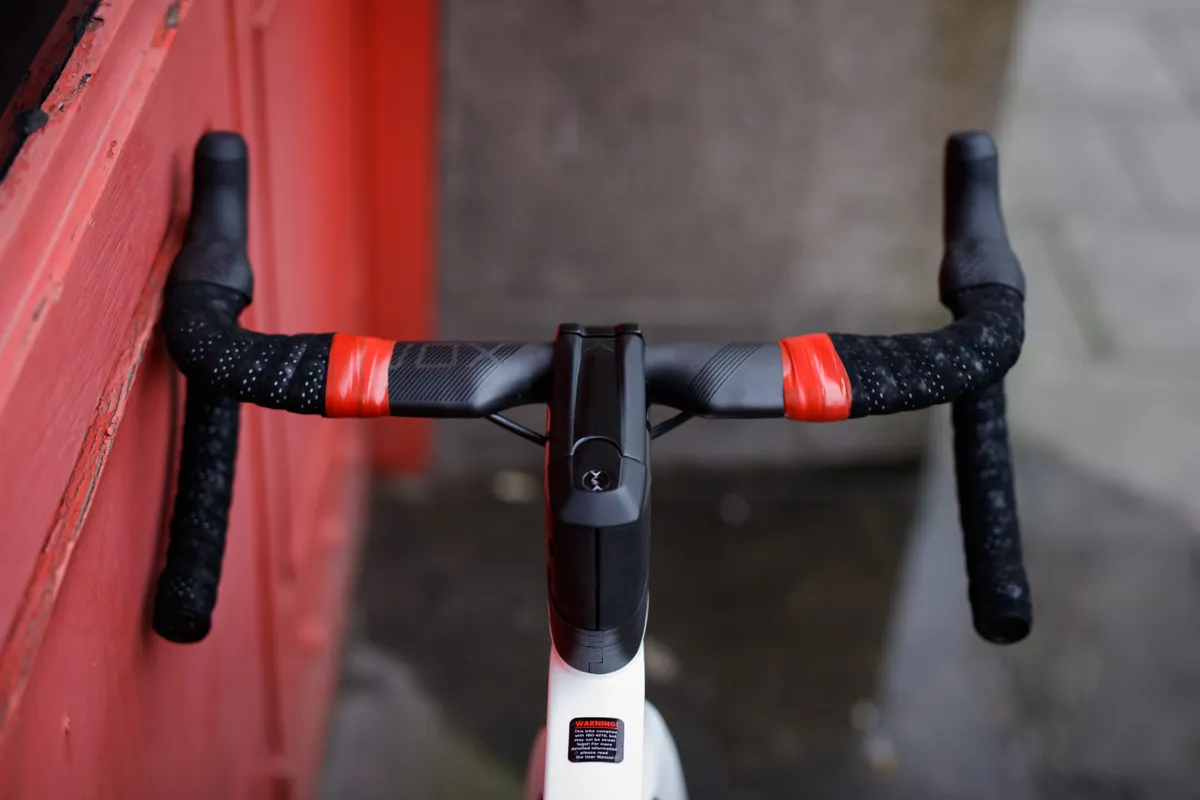
Felt is a big player in the triathlon market (and triathletes like to travel overseas to events), so a sectional stem has been designed which can be removed with the bars in situ. This allows the cable routing to be unclipped from the stem’s underside ‘pocket’, making it easier to pack.
Felt AR 2020: disc-brake only
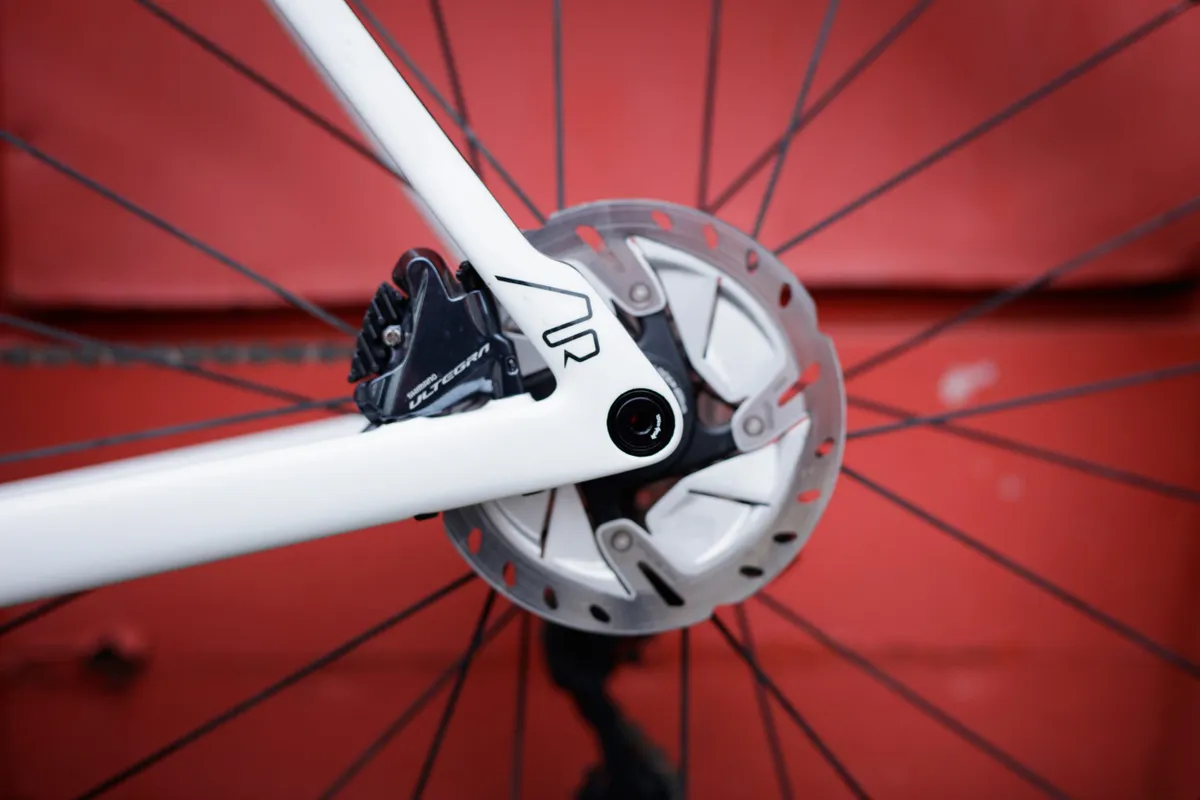
The AR is now disc only and, aerodynamically, it was designed this way, with neat touches like the flush-fit thru-axles to reduce drag.
The freedom afforded by disc brakes around the fork crown and rear stays has also allowed Felt to increase tyre clearance to a generous 30mm.
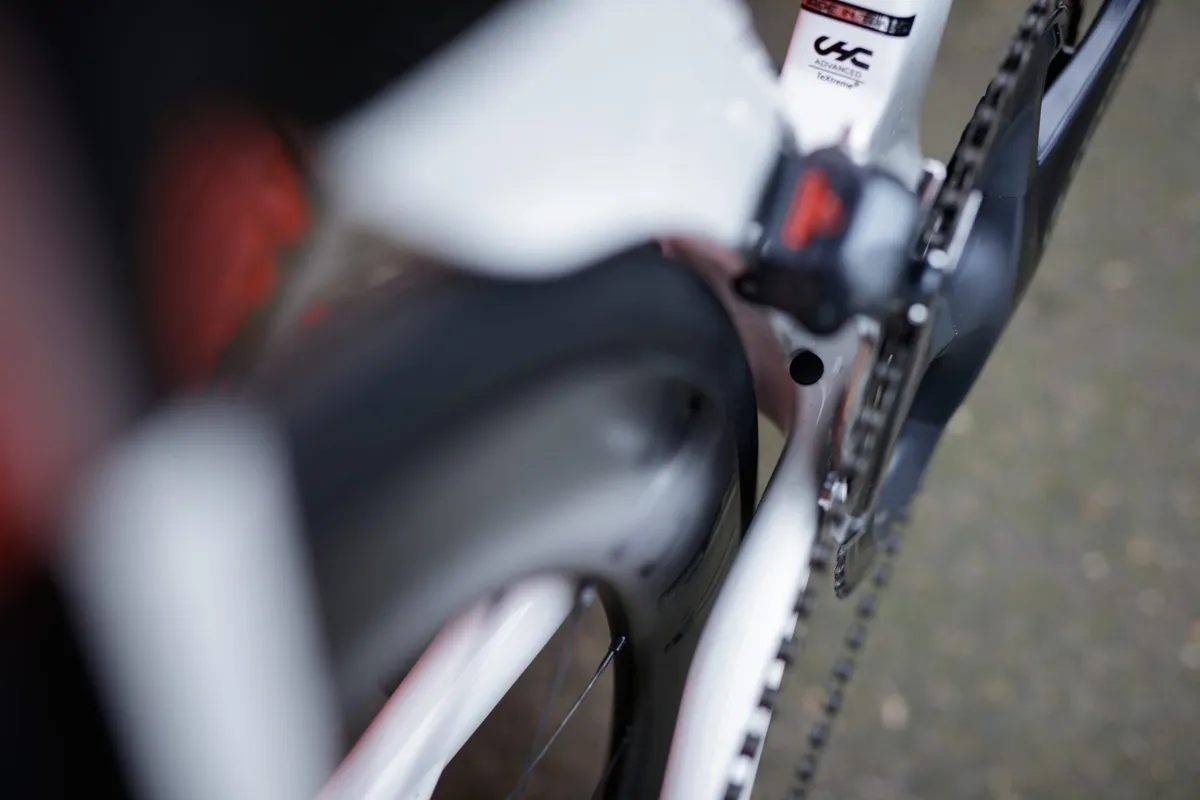
All in, Felt claims its aerodynamic improvements have made the bike more efficient and faster.
Felt AR 2020 variable geometry
With the original AR back in 2008, Felt was one of the earliest brands to embrace the aero-road bike genre with its distinctive wheel hugging down-tube and seat tube, and 'variable geometry' proposition via a smart seatpost for either a 72.5- or 78.5-degree seat angle. But things have, of course, moved on.
This time it’s just the seat clamp that switches around, moving the seat position from a zero offset to a 20mm offset. Although much the same effect, it’s much simpler and it's a smart upgrade, which Felt says should offer optimum ride positions for both road and time trial/triathlon duties.
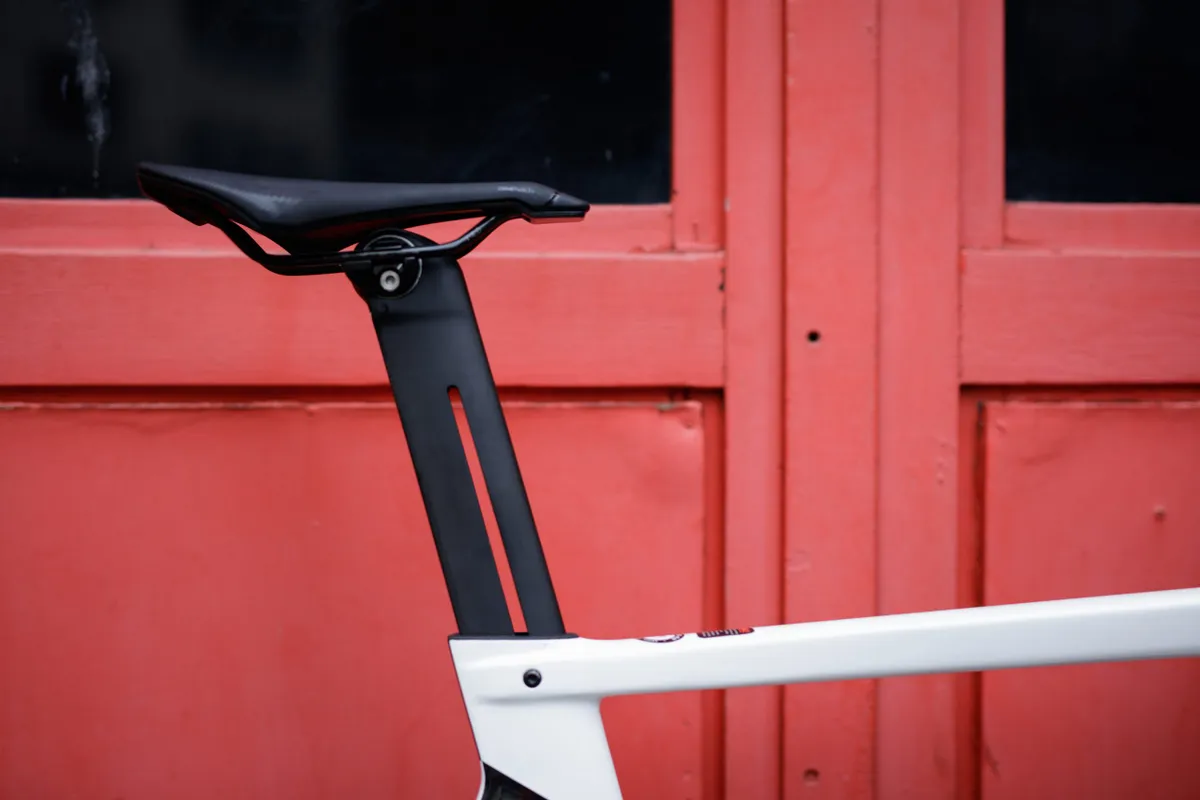
The seatpost also sits within a polymer sleeve that is inserted into the frame itself. Felt claims this acts as a damper to take the edge out of vibrations from rough road surfaces.
The seatpost also adds comfort via its distinctive split design. This doubles up as a slot for the horizontal post clamp to thread through.
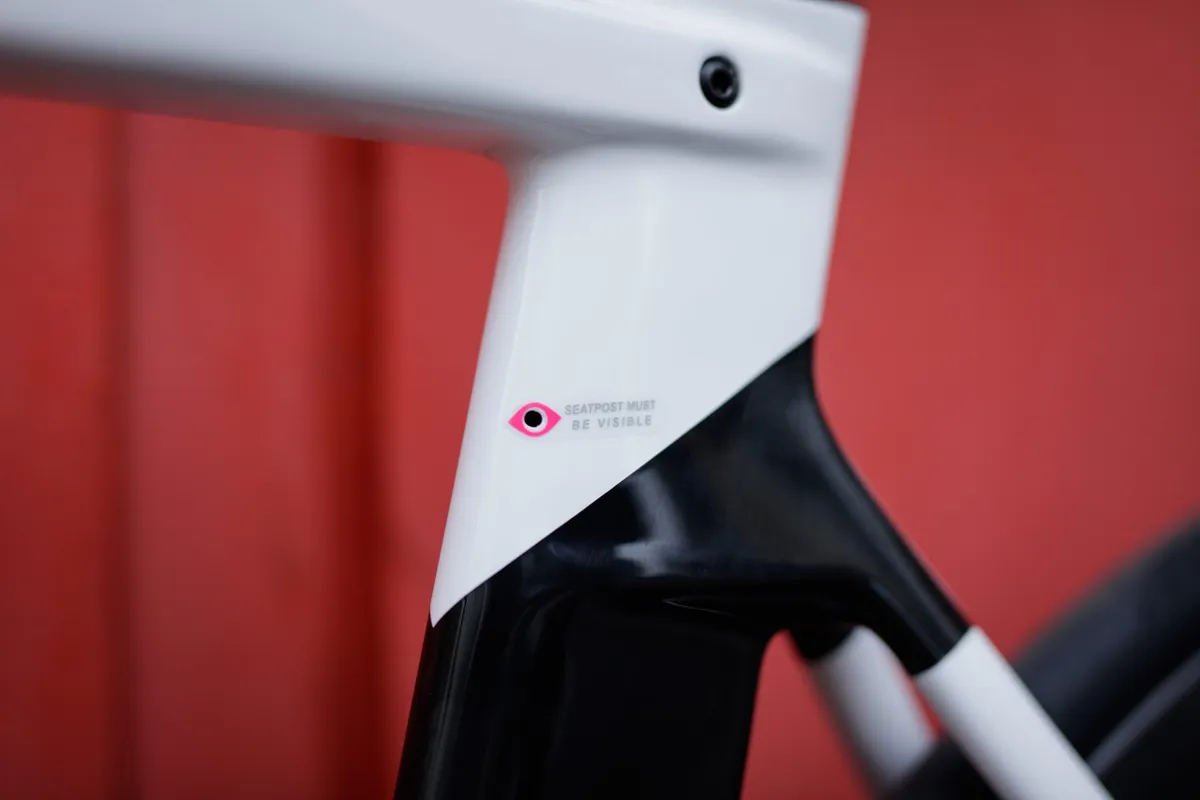
The two halves of the deep aero-shaped post are allowed to flex independently of each other, acting like a leaf spring.
As a result, Felt claims that the AR offers 112 per cent more seatpost deflection than the previous bike.
Felt AR Advanced Ultegra Di2 2020 first ride impressions
I tested the Felt AR Advanced Ultegra Di2 in a size large, and on the road it feels every inch like a race machine. The 2014 AR was supremely quick in a straight line but didn't shine in cornering.
The flex under load meant you could never maintain the velocity you had on the straights and it became a little noodly when sprinting too, but those compromises have now disappeared.
This AR is taught and responsive under pedalling, and sure-footed in the corners. The 567mm stack and 392mm reach figures on my large/56cm test bike are unashamedly racy – as is the short 988mm wheelbase.
The bike is built around a complete Shimano Ultegra Di2 groupset with a 52/36t chainset and wide 11-30t cassette. It’s pretty much the perfect setup for a bike of this design with the the 52t chainring giving you all the top-end gears you need for time-trial-like speeds on flat or rolling terrain.
It can also climb with the best all-round race bikes with its 36/30 bottom end.
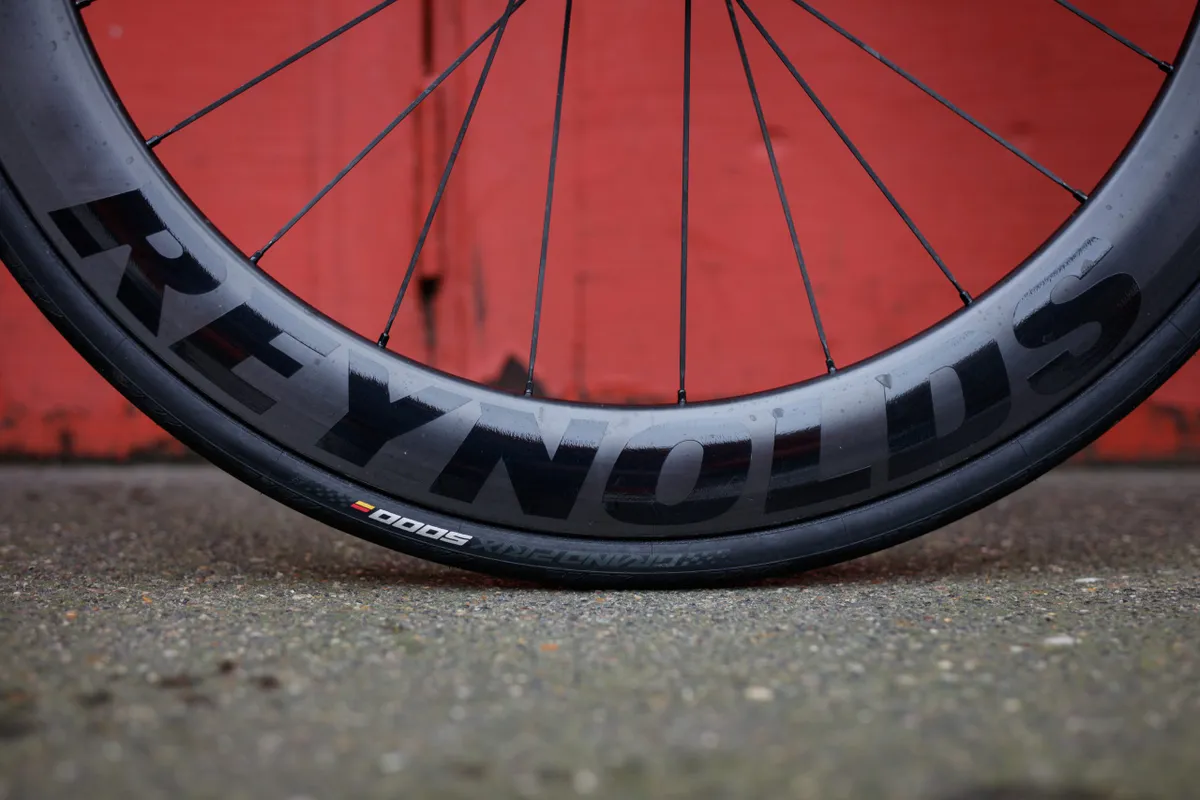
The Reynolds AR58 wheels are, as the name suggests, 58mm deep aero wheels. The slab-sided, blunt-edged rim measures up a broad 21mm internally and they’re laced to the own-brand hubs with Sapim Sprint spokes and proper brass nipples. The freehub offers a fairly quick 10-degree engagement.
The wheels impress with their stability in some properly blustery conditions and the claimed 1,730g weight for the pair isn’t excessive for a wheel of this depth.
Reynolds’ top of the line AR X wheels are lighter thanks to better/lighter hubs, but these $1,300 wheels do share the very same tubeless-ready carbon rims.
The wheels are fitted with Continental’s very capable Grand Prix 5000 clincher tyres in 25mm width, which swell out closer to 28mm on the wide Reynolds carbon rims.
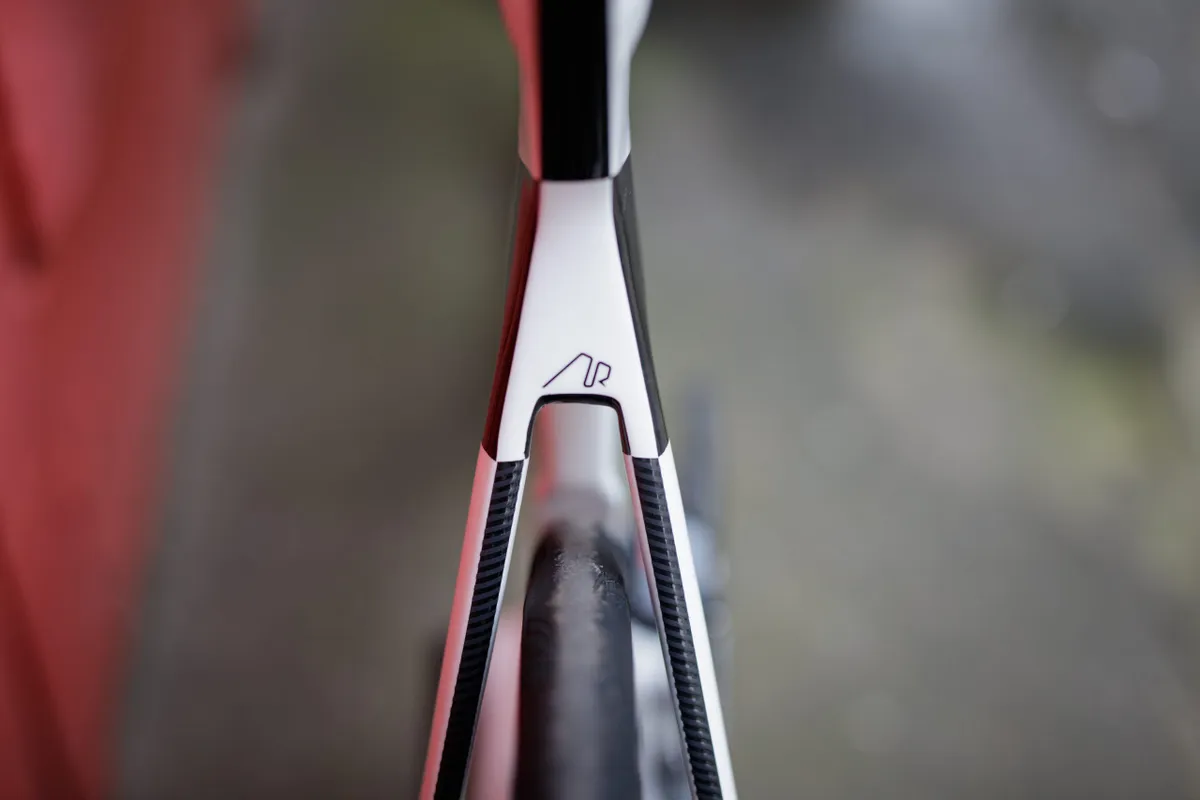
The AR’s on-road feel is still race-bike firm. It hasn’t suddenly been transformed from a focused aero bike into a Sunday best smooth rider, but the firmness isn’t in any way harsh.
The seatpost’s movement and vibration damping help keep the back end’s compliance just right, and a comfortable ProLogo short Dimension saddle sits on top.
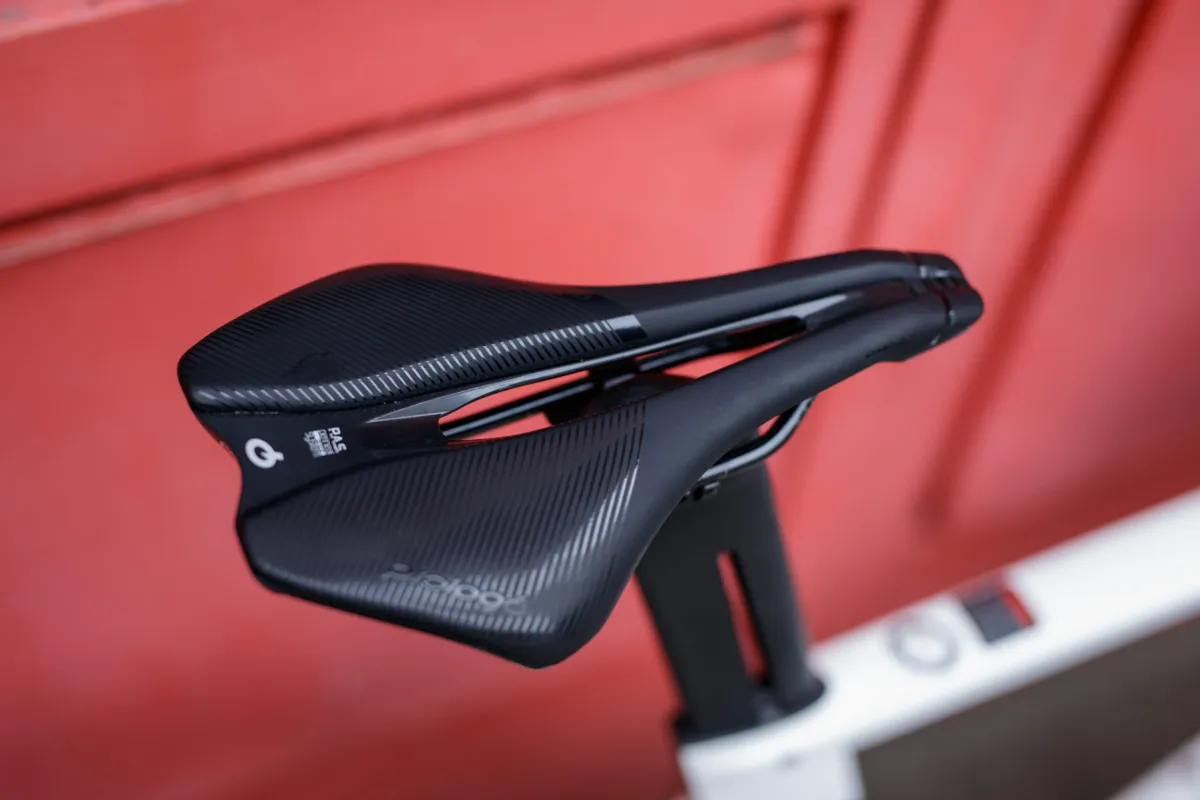
Up front the Devox carbon bar offers plenty of hand holds and the top wing-section is broad enough to comfortably hunker down on your elbows and tuck-in to cover ground at speed.
The AR cuts though twists and turns confidently. It doesn’t have the out-and-out nimble feel of a Cannondale SuperSix EVO or Pinarello’s F12 Disc, but it still inspires confidence through corners and on descents. The ride position combined with the stable wheels and superb tyres help here.
Felt AR 2020 early verdict
The new AR is, as you'd expect, better in every way than the previous generation machine.
It builds on the decade-long legacy of the model and improves every aspect. Unlike a lot of the latest generation aero road bikes, it hasn’t gone down the all-dedicated, all-integrated component route, instead opting for more user-friendly solutions.
This particular model offers a lot, and for a lot less than some of its rivals. That said, the aero-road world is a crowded arena with plenty of wonderfully accomplished, cutting-edge bikes such as Specialized’s Venge, Orbea’s Orca Aero, Cannondale’s SystemSix and Cervélo’s S5; not to mention the latest raft of aero-enhanced race bikes such as Focus’s Izalco Max, Specialized’s S-Works Tarmac, Cannondale’s SuperSix EVO, Pinarello’s Dogma F12 and Orbea’s Orca OMX.
Felt has every chance at establishing a proper foothold with a bike as capable as the 2020 AR, but it’s not going to be easy, by any stretch.
Product
| Brand | Felt |
| Price | £5759.00, $6499.00 |
| Weight | 8.30kg |
Features
| Fork | UHC advanced + Textreme™ carbon fibre |
| Stem | AR integrated carbon |
| Frame | UHC advanced + Textreme™ carbon fibre |
| Tyres | Shimano Ultegra Di2 |
| Brakes | Shimano Ultegra Hydraulic |
| Cranks | Shimano Ultegra Di2 52/36 |
| Saddle | Prologo Dimension T4.0 |
| Wheels | Reynolds AR58 DB carbon tubeless ready |
| Shifter | Shimano Ultegra Di2 |
| Cassette | Shimano Ultegra Di2 11-30 |
| Handlebar | Devox carbon aero |
| Rear derailleur | Continental Grand Prix 5000 25mm |
| Features | Felt VariMount aero road UHC advanced + Textreme™ carbon with vibration damping insert |
